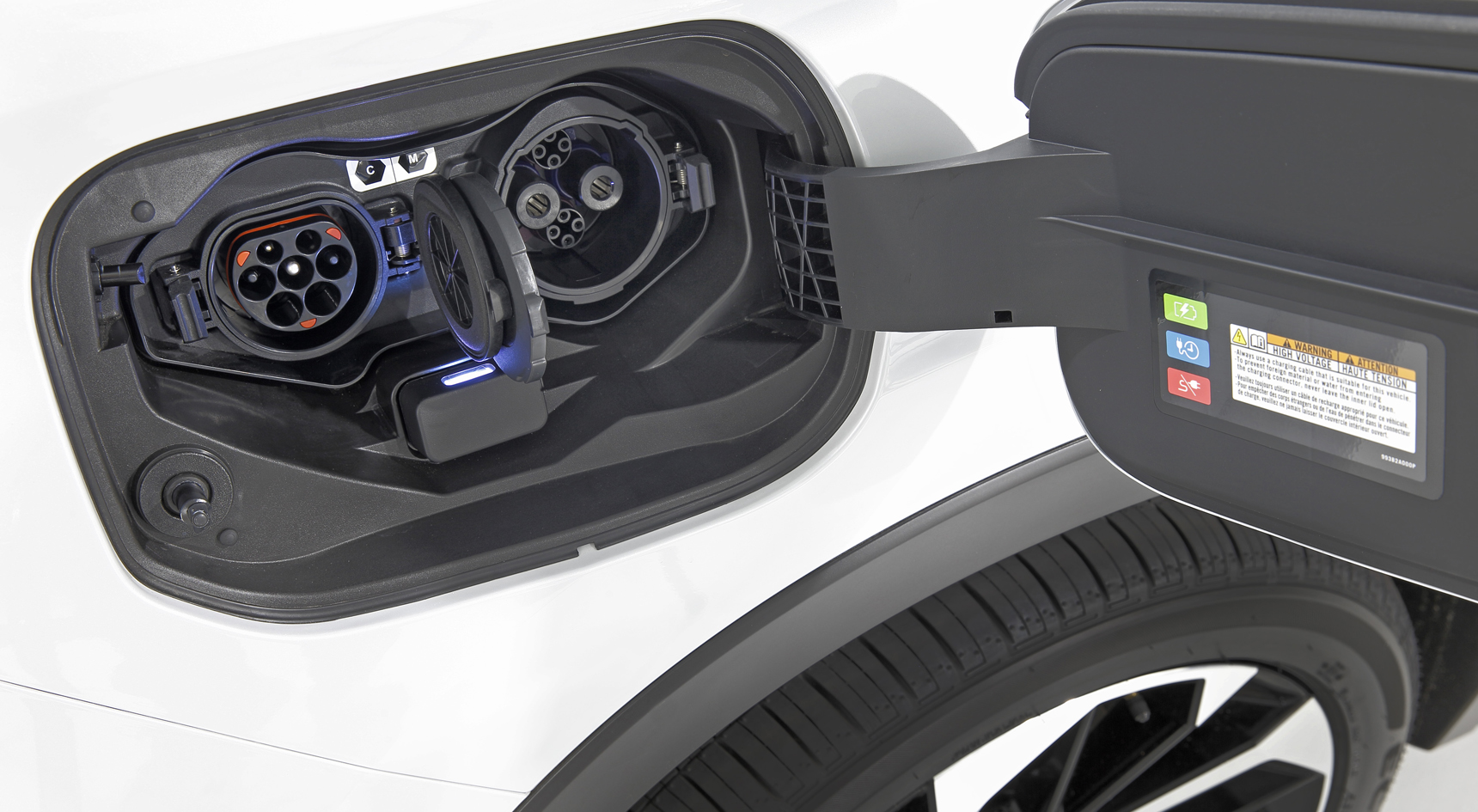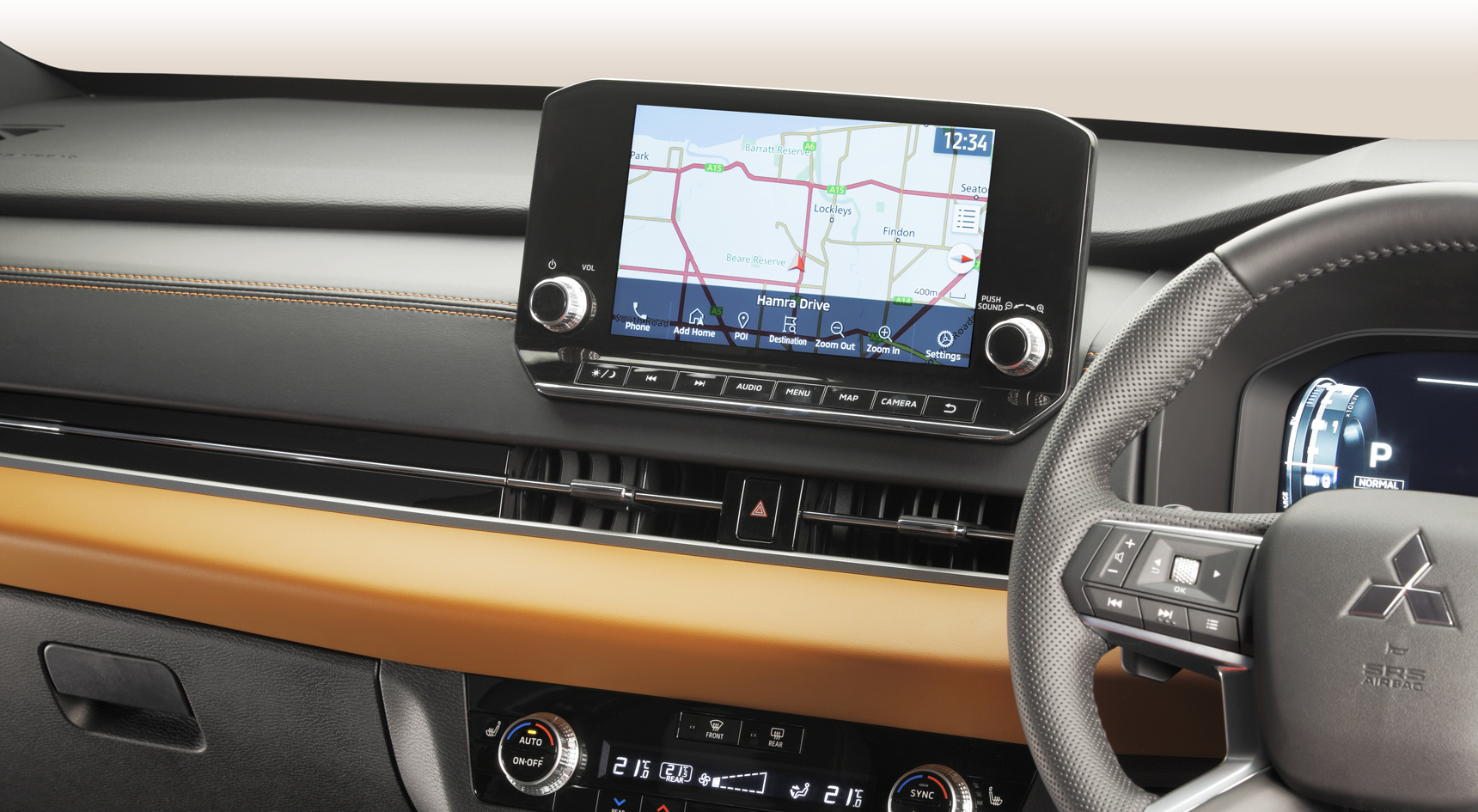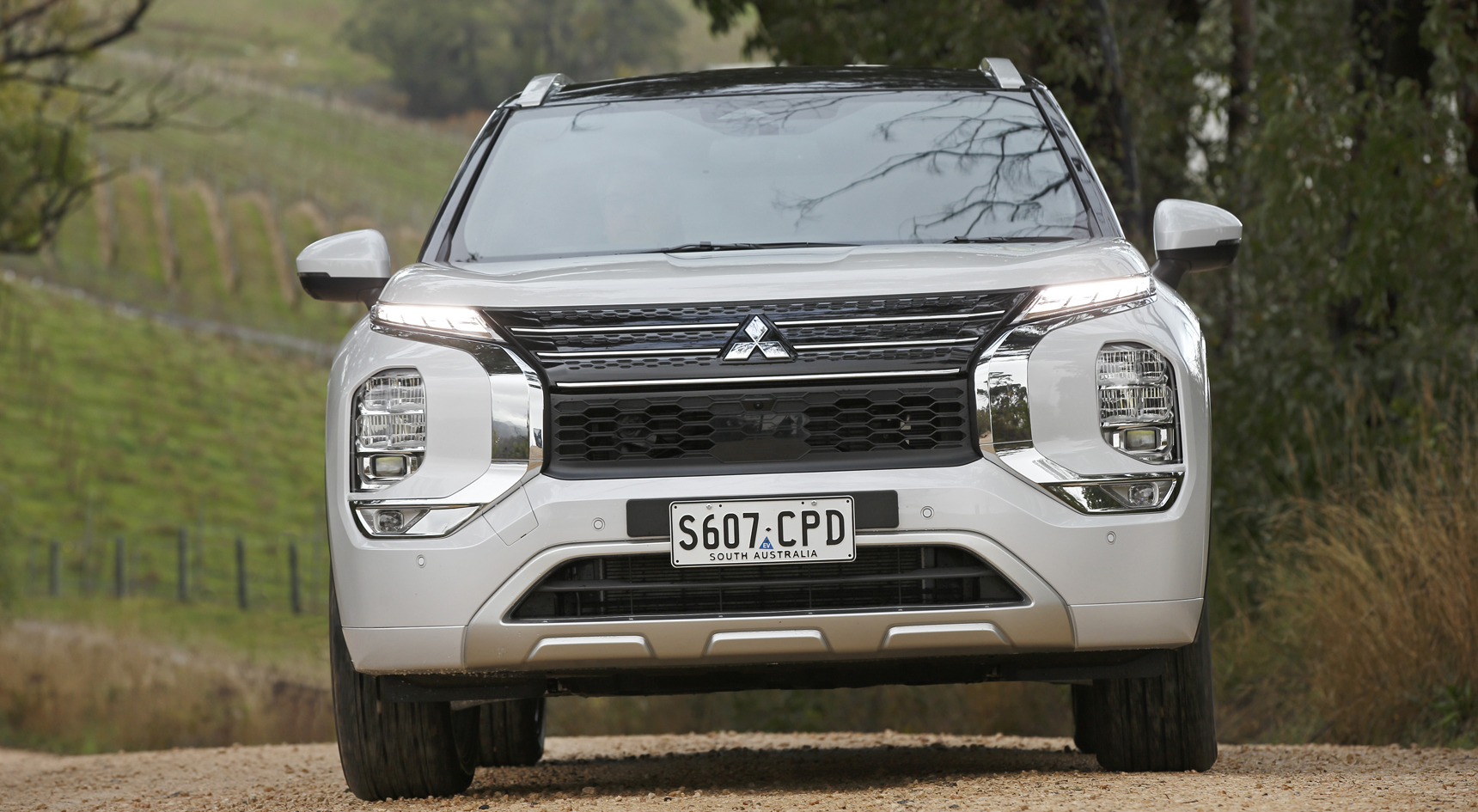Car review: Mitsubishi Outlander hybrid

The future of motoring will be electric vehicles (EV), so do hybrids make sense in an increasingly EV obsessed world?
Plug-in hybrid electric vehicles (PHEV) give you the best of both worlds with the efficiency benefits of battery and electric motor but also a conventional engine and tank of petrol for long trips.
Mitsubishi’s research revealed that 84% of driving in their hybrid is in EV mode and 99% of charging is done at home. So, PHEVs have the capability to reduce Australia’s emissions quickly while EV charging infrastructure is rolled out. Mitsubishi’s solution is the new Outlander PHEV.
Value for money
The latest Mitsubishi Outlander PHEV range is available in five and seven-seat configurations, starting with the base ES grade model starting at $54,490, moving through to the Aspire, Exceed and flagship Exceed Tourer variants.
The Outlander has an 84km-range in EV mode which is more than double the average daily commute distance for South Australians. This gives PHEV drivers the ability to charge their vehicle overnight, using cheaper electricity. This means that if the EV is used for city commuting, there will be lower emissions. On longer trips, when the battery has run out of power, the on-board internal combustion engine kicks in to generate the electricity needed.
It’s important to note that the Outlander PHEV has a 10-year 200,000km manufacturer’s warranty. Whereas the drive battery is covered by an eight-year, 160,000km warranty
Design and function

The Outlander PHEV is Mitsubishi’s technology flagship model and has multiple charging modes. The charge ports can be accessed via a side panel and include an AC connector that supports mode two (standard 240V AC charging) and mode three (fast 240V AC charging). There’s also a CHAdeMO port that enables mode four DC rapid charging.
Mode two and mode three charging cables come as standard equipment across the range. As a rough guide, the charge time from a normal household power outlet for a full charge with these cables is about 12 hours. Mode three (240AV AC fast charger) halves the charge time to about six hours. When you’re away for home and use a domestic DC fast charger (mode four), the 20kWh lithium-ion battery pack – which is 45% larger than the previous Outlander PHEV – can be charged from zero to 80% in just 38 minutes.
The Outlander PHEV is one of the few vehicles with bi-directional charging system. This means that when bi-directional chargers are approved for widespread domestic use in South Australia, the Outlander can act as a mobile energy store. It’s capable of recharging and discharging power via the CHAdeMO cable whenever and wherever it’s needed.
With the correct connection, the Outlander can send its power back to the grid or power a home or other property that’s not on the grid.
If you’re camping, there are also two on-board 240V AC three-pin power points that provide up to 1500W power in what the industry is calling Vehicle-to-Load (V2L) capability.
The electricity from the vehicle’s battery can be used to power a range of camping equipment or domestic appliances.
On a more serious note, it can be used to power some hospital equipment from the Outlander in an emergency. It can even recharge its battery when stationary via the running internal combustion engine. You can complete six recharges with one tank of petrol if electricity is all that’s needed. Fitted with a front and rear motor, the smaller of the two provides room for a third-row seat which is kids-only zone.
The Outlander has all the family entertainment requirements like wireless Apple CarPlay®2, Android AutoTM 3 (wired), and Qi wireless smartphone charging on Aspire grade and above.
These features are easily accessible via the nine-inch central infotainment touchscreen which is standard across the range as well as a 12.3-inch full-colour digital-instrument cluster.

The display features multiple display options, including an energy flow meter, kWh consumption information and total EV driving time calculator. All variants except the base model have a 10.8-inch full-colour windscreen-projection heads-up display.
Besides achieving a 5-star ANCAP rating, the Outlander’s safety features are complemented with a predictive forward collision mitigation system including pedestrian and day-time cyclist detection, emergency lane assist and departure prevention, blind spot warning, traffic-sign recognition, and driver-attention alert.
On the road
The Outlander drives and handles like most SUVs this size. The handling, like a lot of PHEVs and EVs, benefits from the battery and motors being situated low in the chassis, between the axles for optimum weight distribution.
Mitsubishi has their awkwardly named Innovative Pedal Operation which has similarities with Nissan’s e-Pedal. This uses the slowing caused by the regeneration system to act like brakes. The Outlander requires the driver to use conventional braking below 20km/h. There are six adjustable regeneration levels, which can be set by the driver, with the second level acting as default in normal mode. Normal mode is the best for driving in normal traffic when you’re not touching the brake pedal very often.

The Outlander’s main source of power is the 2.4-litre petrol Atkinson cycle combustion engine which is primarily an on-board generator. However, when the battery energy is depleted it’s a range extender, powering the e-motors. If used in this mode, you’ll be incurring a petrol cost which will be similar to a petrol-only vehicle. The combination of extended EV range plus a larger 56-litre fuel tank makes uninterrupted journeys of about 800km possible.
EV batteries do not like heat, particularly during hot South Australian summers. To combat this, the Outlander uses its air-con unit to keep the battery cool and keep it running at the optimum capacity. The Outlander PHEV can tow up to 1600kg.
Summary
The Mitsubishi Outlander PHEV is a practical and functional vehicle that also has style, plenty of tech and reasonable space. Currently however, the 240V power point will change the way you use your car. You’ll also have the best of both worlds: the efficiency of an EV and the range of a petrol-engine car. It’s a good compromise for those not comfortable going for a full EV quite yet.
Price
| Model | Price |
|---|---|
| Outlander Plug-In Hybrid EV ES five-seat | $54,490 |
| Outlander Plug-In Hybrid EV Aspire five-seat | $60,990 |
| Outlander Plug-In Hybrid EV Exceed seven-seat | $65,990 |
| Outlander Plug-In Hybrid EV Exceed Tourer seven-seat | $68,490 |
Warranty
The vehicle has 10-year 200,000km manufacturer’s warranty whereas the drive battery is covered by an eight-year 160,000km warranty.
DO YOU NEED CAR ADVICE?
RAA members can call our free Car Advice Service for answers to their car questions.
Or call 8202 4689

